Adversaries may attempt to make an executable or file difficult to discover or analyze by encrypting, encoding, or otherwise obfuscating its contents on the system or in transit. This is common behavior that can be used across different platforms and the network to evade defenses.
Payloads may be compressed, archived, or encrypted in order to avoid detection. These payloads may be used during Initial Access or later to mitigate detection. Sometimes a user’s action may be required to open and Deobfuscate/Decode Files or Information for User Execution. The user may also be required to input a password to open a password protected compressed/encrypted file that was provided by the adversary. [1] Adversaries may also use compressed or archived scripts, such as JavaScript.Portions of files can also be encoded to hide the plain-text strings that would otherwise help defenders with discovery. [2] Payloads may also be split into separate, seemingly benign files that only reveal malicious functionality when reassembled. [3] Adversaries may also obfuscate commands executed from payloads or directly via a Command and Scripting Interpreter. Environment variables, aliases, characters, and other platforms/language-specific semantics can be used to evade signature-based detections and application control mechanisms.
Most of the strings in ADVSTORESHELL are encrypted with an XOR-based algorithm; some strings are also encrypted with 3DES and reversed. API function names are also reversed, presumably to avoid detection in memory.[










